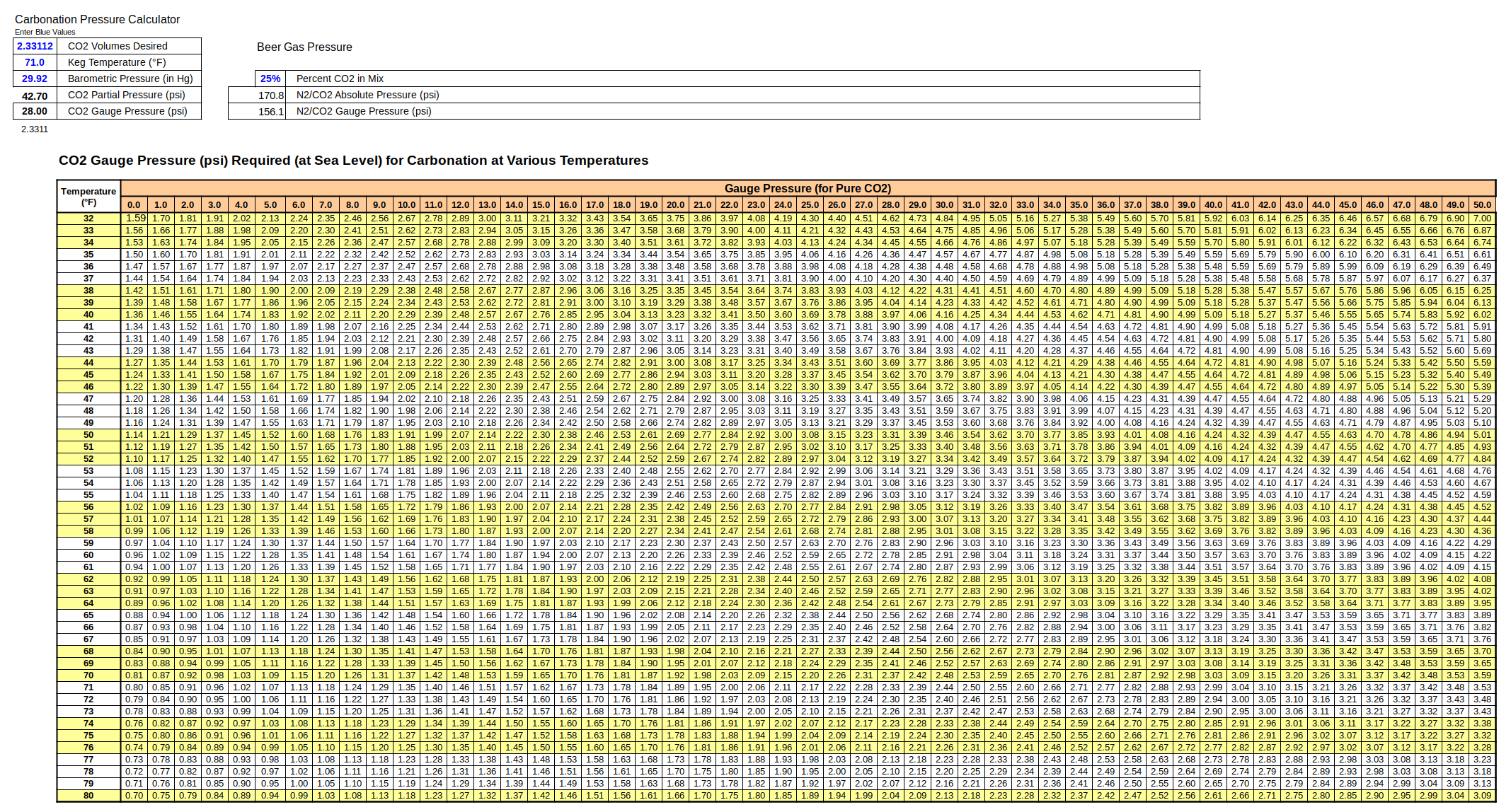I agree with @day_trippr . At 30 psi gauge (44.7 psi partial) pressure of helium you could get about 0.005 g/L of helium dissolved at 34°F, that's a bit less than 0.0025 g/pint. At atmospheric pressure, 0.0025 g of helium is only 14 ml of He, about 3 teaspoons or 1/2 fl oz.
After you pour the beer, the He will come out of solution very quickly, and end up in the head. In order to get the "helium voice" effect, you would then have to inhale the head. (If you try that, you are more likely to spit than swallow ) If that doesn't choke you to death, there's still probably not enough He to give you the voice.
) If that doesn't choke you to death, there's still probably not enough He to give you the voice.
Brew on
After you pour the beer, the He will come out of solution very quickly, and end up in the head. In order to get the "helium voice" effect, you would then have to inhale the head. (If you try that, you are more likely to spit than swallow
Brew on










































![Craft A Brew - Safale BE-256 Yeast - Fermentis - Belgian Ale Dry Yeast - For Belgian & Strong Ales - Ingredients for Home Brewing - Beer Making Supplies - [3 Pack]](https://m.media-amazon.com/images/I/51bcKEwQmWL._SL500_.jpg)



















